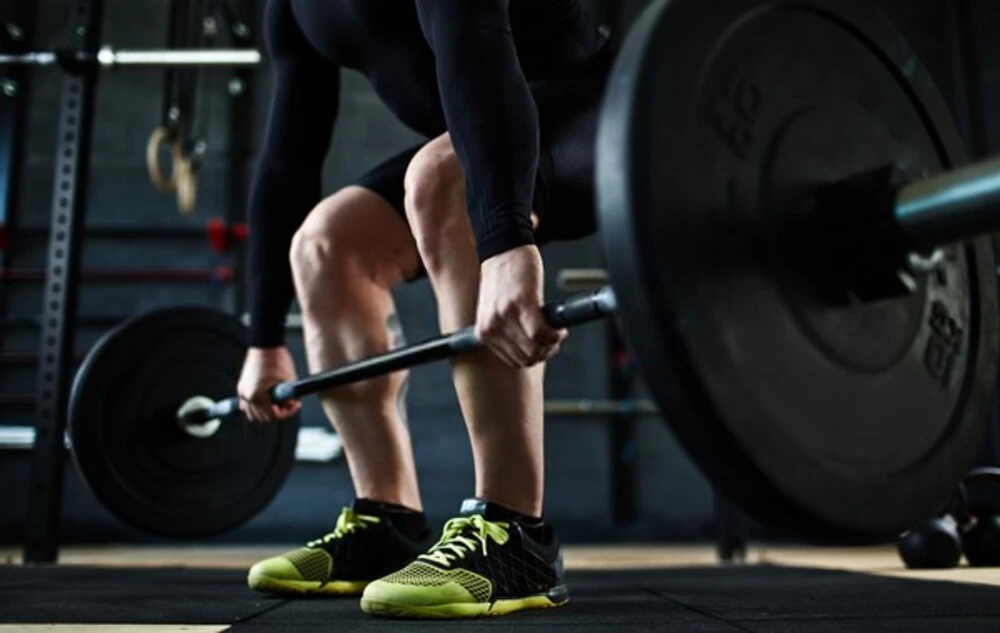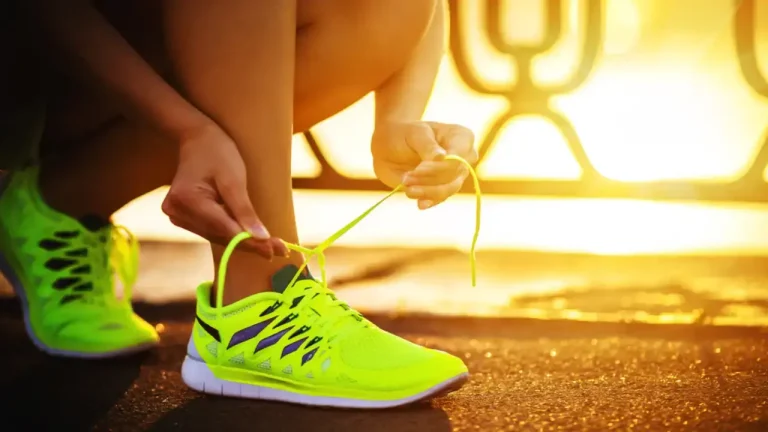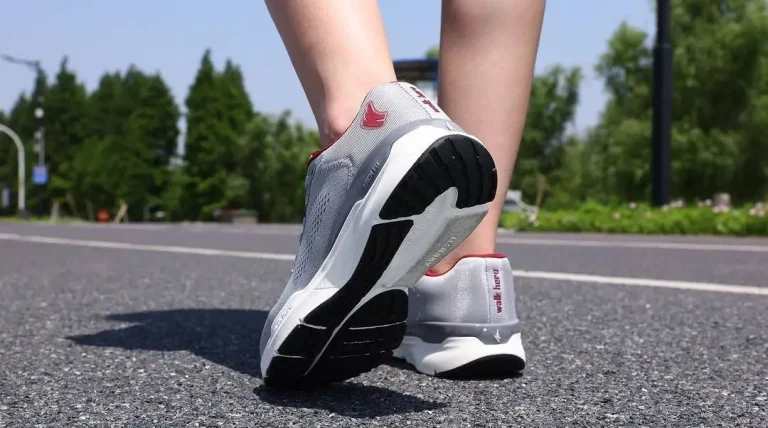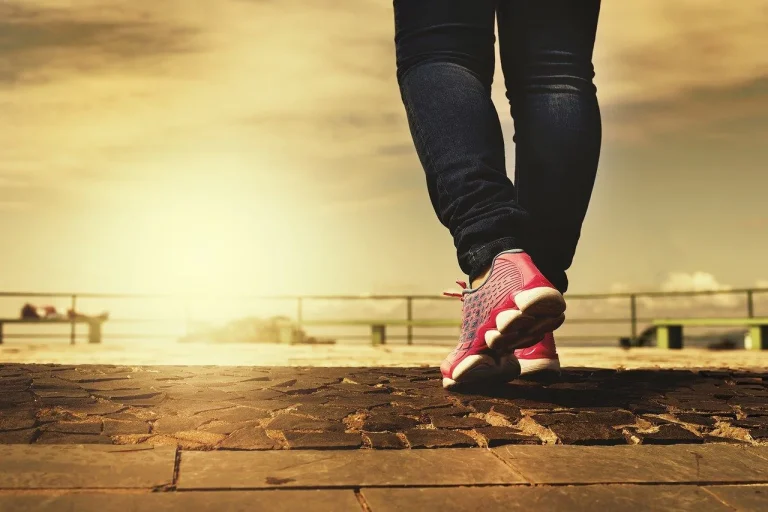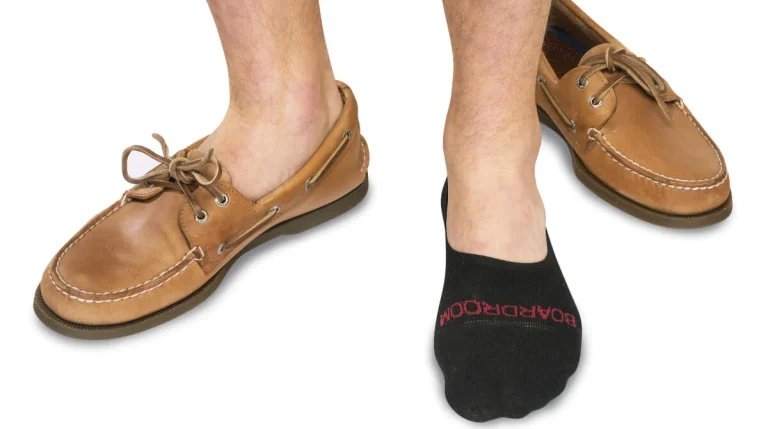Are Running Shoes Good For Working Out?
Running shoes are a popular choice for many individuals when it comes to working out. These specialized shoes are designed to provide optimal support, cushioning, and stability for running activities. However, the question arises: are running shoes good for all types of workouts? While running shoes excel in their intended purpose, they may not be the ideal choice for every type of exercise. In this article, we will explore the benefits and limitations of running shoes for working out, helping you make an informed decision about the best footwear for your fitness routine.
The Difference between running and training shoes
Running shoes and training shoes are designed for different purposes and have distinct features that cater to specific needs. Here are some key differences between the two:
| Training Shoes | Running Shoes |
|---|---|
| Training shoes, on the other hand, have a more balanced cushioning to support a variety of movements. | Running shoes typically have more cushioning in the heel and forefoot to absorb impact during repetitive forward motion. |
| Training shoes offer more lateral stability to support side-to-side movements and quick changes in direction. | Running shoes prioritize stability in a forward motion, with features like a heel counter and midsole support. |
| Training shoes often have a stiffer sole to provide stability during multidirectional movements. | Running shoes are designed to be flexible to facilitate a smooth heel-to-toe transition. |
| Training shoes may be slightly heavier to provide additional support and durability. | Running shoes are generally lighter to enhance speed and efficiency. |
| Training shoes, on the other hand, are more versatile and can be used for a wide range of activities, including weightlifting, HIIT, and agility training. | Running shoes are primarily designed for running and may not be suitable for other types of workouts |
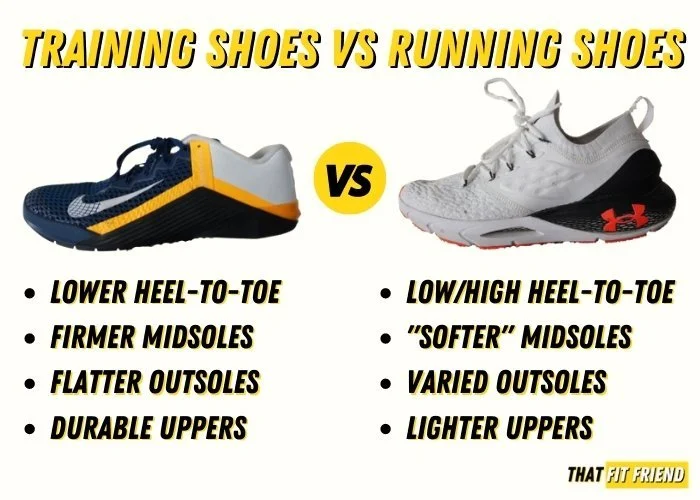
Pros of working out in your running shoes
Working out in your running shoes can have several advantages:
Cons of working out in your running shoes
While there are advantages to working out in running shoes, there are also some potential drawbacks to consider:
The Differences Between Running Shoes and Gym Shoes
Running shoes and gym shoes are designed for different purposes and have distinct features that cater to specific needs. Here are some key differences between the two:
| Gym Shoes | Running Shoes |
|---|---|
| Gym shoes, on the other hand, have a more versatile design that caters to a wide range of exercises, including weightlifting, cardio, and agility training. | Running shoes are specifically designed for forward motion and repetitive impact. They typically have cushioning in the heel and forefoot to absorb shock and provide support during running activities. |
| Gym shoes, while still offering some cushioning, may have a firmer sole to provide stability and support for various movements, including lateral and multidirectional ones. | Running shoes prioritize cushioning and support for the repetitive impact of running. They often have features like midsole cushioning and arch support to provide comfort and reduce the risk of injuries. |
| Gym shoes, on the other hand, may have a stiffer sole to provide stability during exercises that involve lateral movements, quick changes in direction, or weightlifting. | Running shoes are designed to be flexible to facilitate a smooth heel-to-toe transition during running. They allow for natural foot movement and flexibility. |
| Gym shoes, on the other hand, may have a different tread pattern that offers better grip on gym floors or other indoor surfaces. | Running shoes typically have a tread pattern optimized for running on roads or trails, providing good traction on those surfaces. |
| Gym shoes are generally more versatile than running shoes. They are designed to accommodate a variety of exercises and movements, making them suitable for activities like weightlifting, aerobics, HIIT, and other gym workouts. | Running shoes, while great for running, may not provide the same level of support and stability for these types of exercises. |
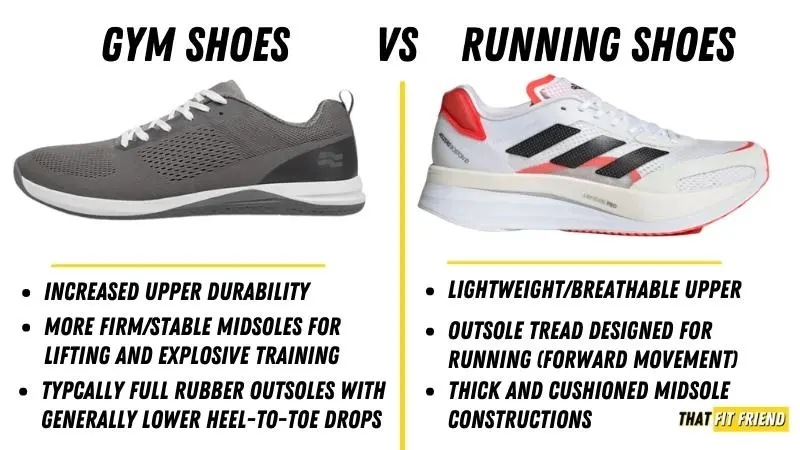
The Importance of Sport-Specific Footwear Support
Sport-specific footwear support is crucial for several reasons:
What to Look for in a Running Shoe?
When looking for a running shoe, there are several key factors to consider:
Proper Fit
The most important aspect of a running shoe is ensuring a proper fit. Look for a shoe that provides enough room in the toe box to allow for natural toe splay and prevents any tightness or discomfort. The shoe should securely hold your heel without slipping.
Cushioning
Consider the level of cushioning you prefer. Some runners prefer more cushioning for shock absorption, especially for longer distances or if you have joint issues. Others may prefer a more minimalistic feel for a more responsive and natural running experience.
Arch Support
Determine your foot arch type (high, medium, or low) and choose a shoe that offers appropriate arch support. This helps with stability and prevents excessive pronation or supination during your stride.
Stability and Pronation Control
If you overpronate (foot rolls inward excessively) or under pronate (foot rolls outward), look for a shoe that provides stability features such as a medial post or a firm midsole to help correct your gait and prevent injuries.
Breathability
Running shoes should have breathable materials to allow air circulation and keep your feet cool and dry during your runs. This helps prevent discomfort and reduces the risk of blisters or fungal infections.
Durability
Consider the durability of the shoe, especially if you plan to log high mileage. Look for durable outsole materials and reinforced areas that are prone to wear and tear.
Flexibility
A running shoe should have a certain level of flexibility to allow for a natural range of motion. It should bend at the forefoot, facilitating a smooth heel-to-toe transition.
Weight
The weight of the shoe can impact your running performance. Lighter shoes are often preferred for faster-paced runs or races, while slightly heavier shoes may provide more cushioning and support for longer distances.
Traction
Consider the type of surfaces you typically run on and choose a shoe with appropriate traction. If you frequently run on trails or in wet conditions, look for shoes with a more aggressive tread pattern for better grip.
The Support Required in a Gym Shoe
The support required in a gym shoe depends on the type of exercises and activities you engage in. For weightlifting, a gym shoe should provide a stable base and support for heavy lifts. Look for a shoe with a flat and firm sole to maximize ground contact and minimize instability. For cardio and high-intensity workouts, a gym shoe should offer cushioning and shock absorption to reduce impact on joints during activities like jumping or running.
Additionally, lateral support is crucial for exercises that involve side-to-side movements or quick changes in direction. A gym shoe with a supportive upper and a secure fit can help prevent ankle rolls and provide stability during dynamic movements.
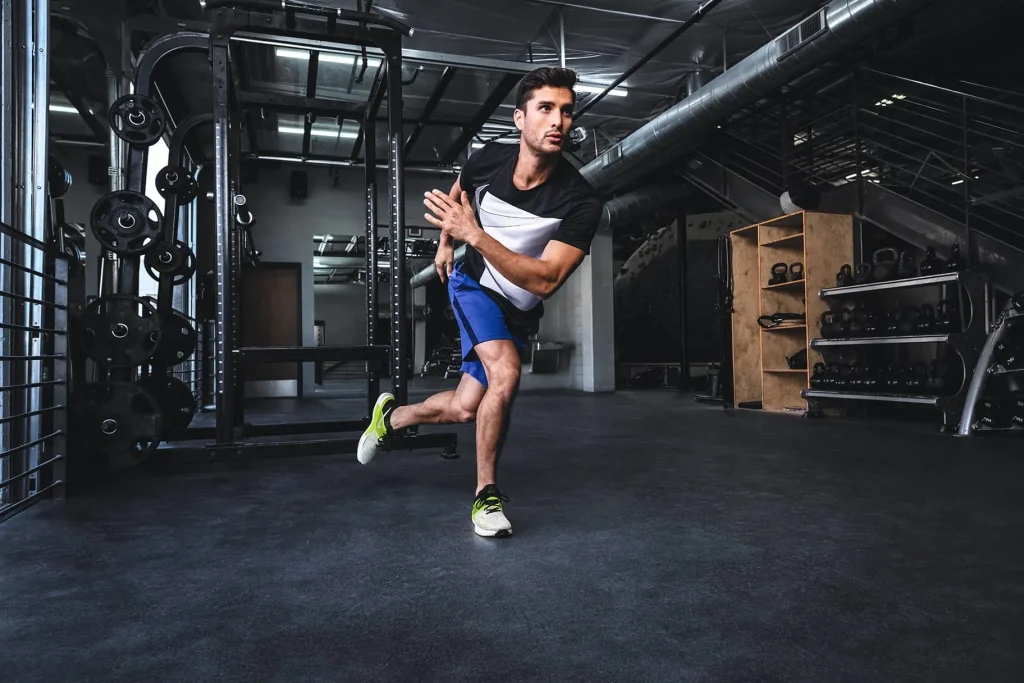
How to Find the Right Gym Shoes for Your Feet
To find the right gym shoes for your feet, consider the following steps:
Related To: Best Running Shoes For Marathon
Related To: Best Running Shoes For Beginners
Guides For Finding Your Best Shoes
When searching for the best shoes, consider factors such as proper fit, comfort, support, durability, and the specific needs of your activity. Get your feet measured, try on different brands and styles, and seek expert advice if needed. Prioritize quality and functionality to find your perfect pair.
Related To: Best Running Shoes For Bunions
Related To: Best Running Shoes For Flat Feet
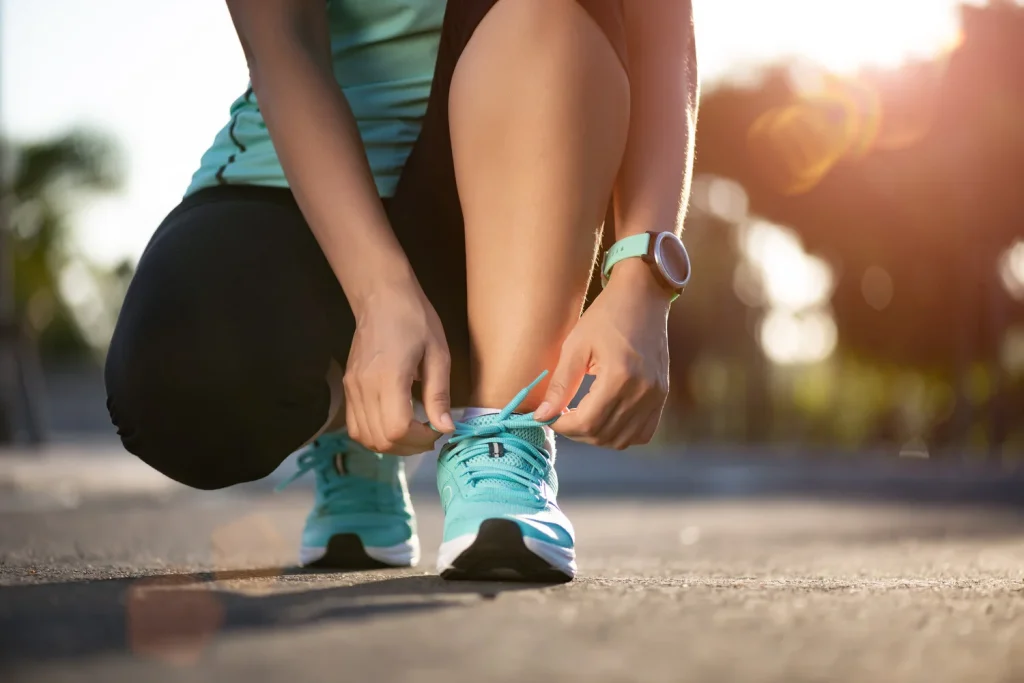
Put Your Best Foot Forward
Putting your best foot forward means presenting yourself in the best possible way and making a positive impression. It’s about showcasing your strengths, skills, and abilities to achieve success. Whether it’s in your personal or professional life, putting your best foot forward involves being confident, prepared, and proactive. It’s about taking initiative, being enthusiastic, and demonstrating your commitment to excellence. By putting your best foot forward, you can inspire others, achieve your goals, and make a lasting impact. So, step forward with confidence, embrace challenges, and strive for continuous improvement to reach your full potential.
Conclusion
Running shoes can be a great choice for working out, especially for running activities. They offer superior cushioning, support, and stability, which are essential for minimizing the risk of injuries. However, it’s important to consider the specific needs of your workout routine. For other types of exercises or daily use, it may be beneficial to explore alternative footwear options that provide more versatility and support for different movements. Ultimately, finding the right shoes for your workout goals is crucial for optimal performance and comfort.

